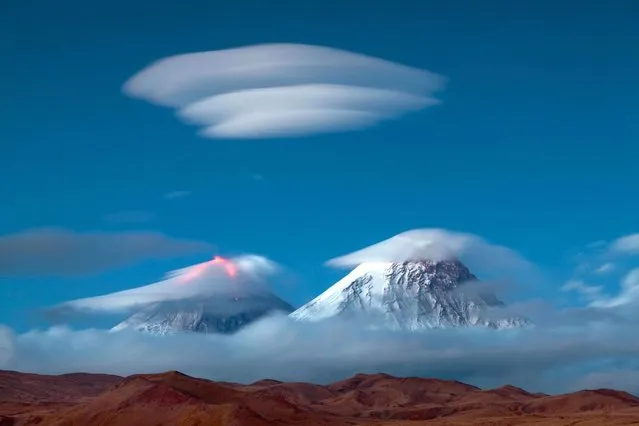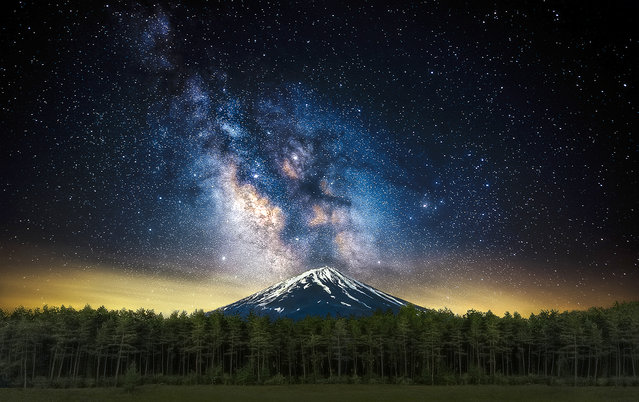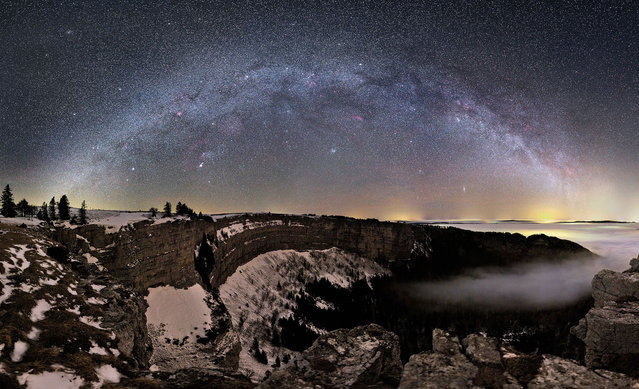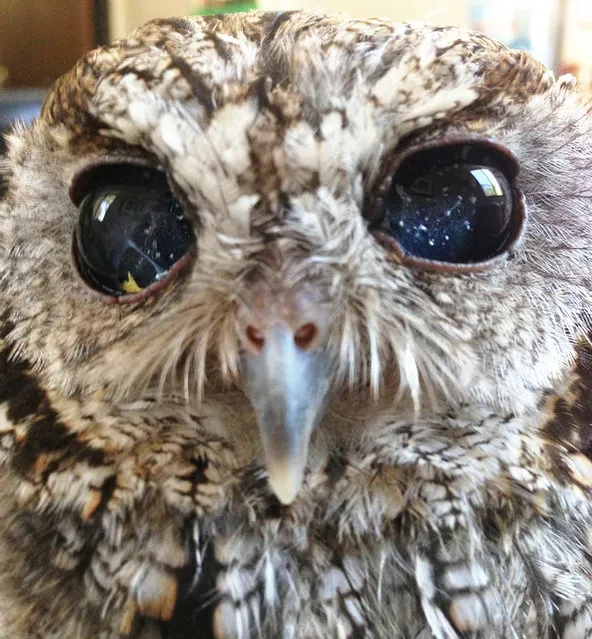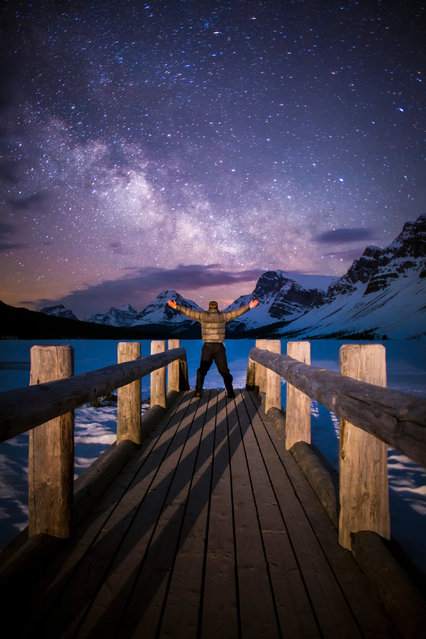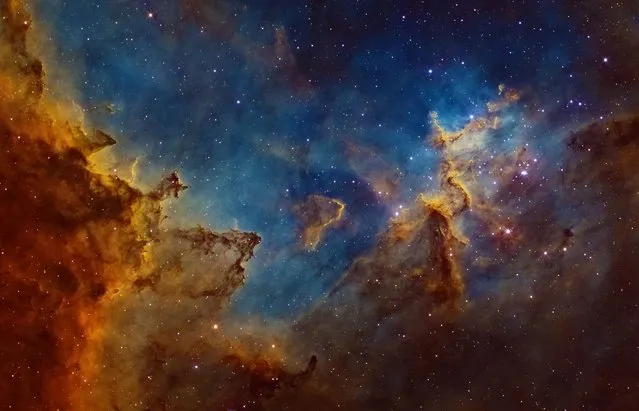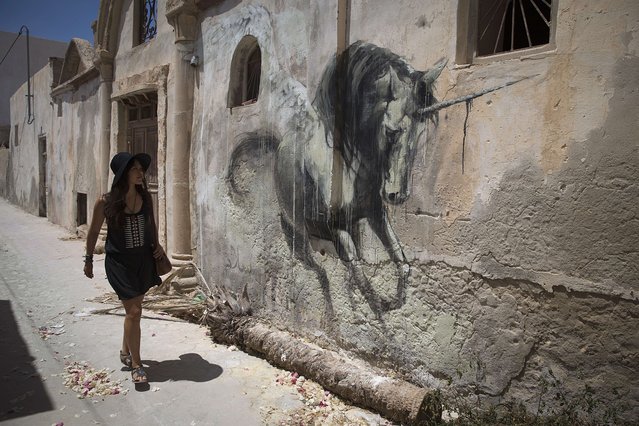
A woman looks at a mural by South African artist FAITH 47 which decorates a wall in the village of Erriadh, on the Tunisian island of Djerba, on August 8, 2014, as part of the artistic project “Djerbahood”. Artists from 34 diffrents nationalities were invited by France-based Tunisian artist Mehdi Ben Cheikh to take part in an initiative to turn Djerba's Erriadh district into an “open sky museum”. (Photo by Joel Saget/AFP Photo)
28 Aug 2014 10:46:00,post received
0 comments

